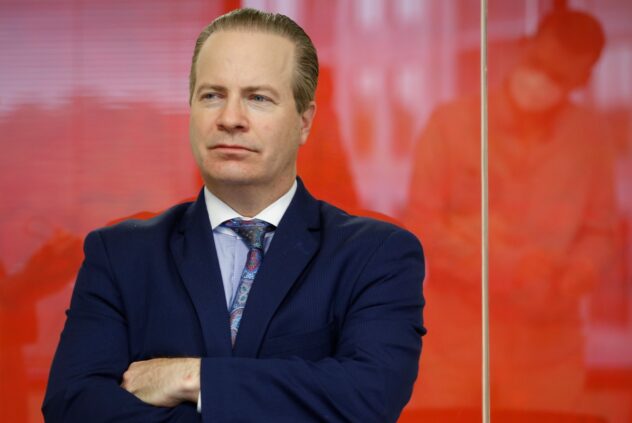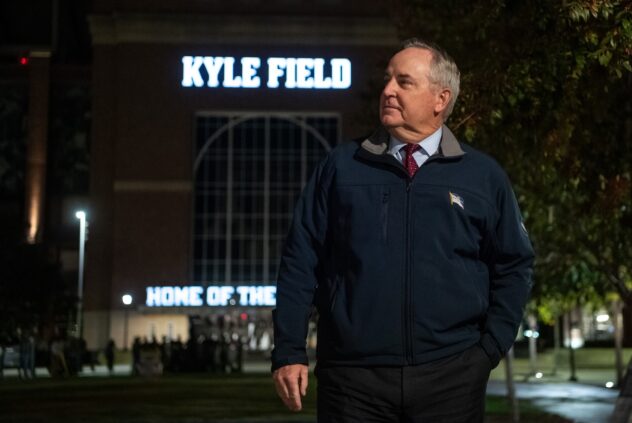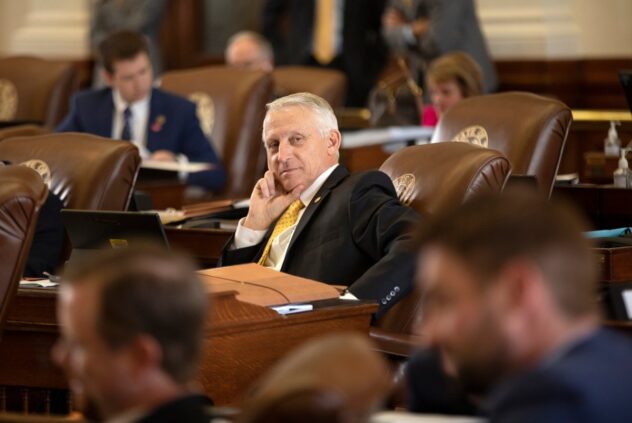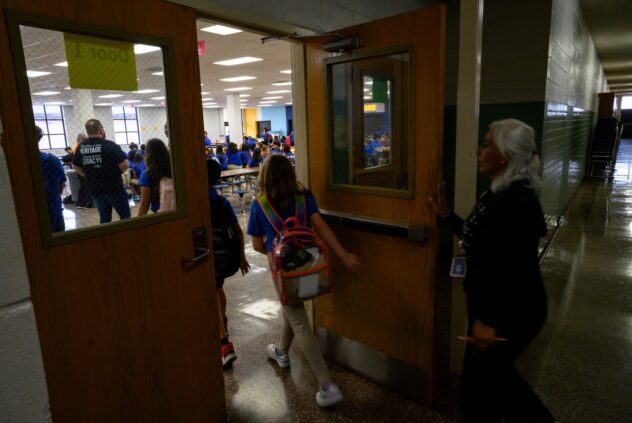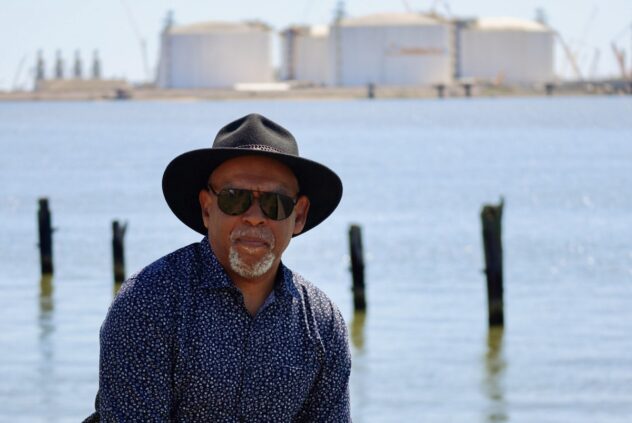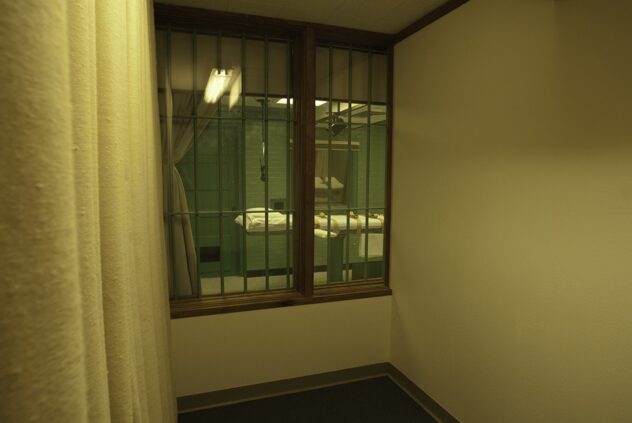“We are fighting back”: Texas health care workers receiving vaccines look forward to the end of a tragic year
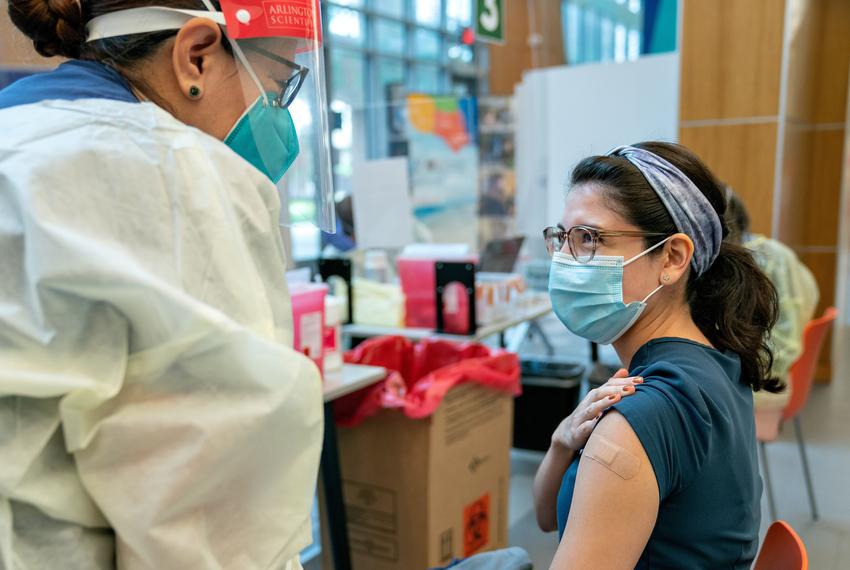
Need to stay updated on coronavirus news in Texas? Our evening roundup will help you stay on top of the day’s latest updates. Sign up here.
It was a quiet Sunday morning and Dr. Arturo Suplee, a Rio Grande Valley resident doctor, was in his kitchen, flipping eggs and wondering when the call would come.
His girlfriend, Dr. Denisse Ramirez, had gotten her appointment the day before. Now Suplee was nervously watching his phone. Why hadn’t it rung?
Then, as the young doctor sat down to eat his egg sandwich, the phone rang.
After months of seeing the ravages of the virus in the hard-hit Rio Grande Valley and losing hope, time and again, that the end could ever be in sight, Suplee made his long-awaited appointment to get vaccinated against COVID-19.
/https://static.texastribune.org/media/files/dcea82c3ae1484c6ef2a0e7e1bb240f2/Dr%20Ramirez%20COVID%20Vaccine%20UTRGV%20TT%2001.jpg)
Could he be available Wednesday? Without hesitation, Suplee, 29, said yes.
“I immediately called my dad,” said Suplee, chief internal medicine resident at the University of Texas Rio Grande Valley School of Medicine. “Finally, we are fighting back.”
Later that afternoon on Dec. 13, some 1,500 miles away, the first doses of the Pfizer vaccine were greeted by cheering crowds as delivery trucks rolled out of the manufacturing plant in Kalamazoo, Michigan, headed for health care workers in Texas who have been on the front lines of a yearlong pandemic that taken the lives of their families, their friends, their coworkers and their patients.
Injections started in Texas 24 hours later.
By the end of the week, tens of thousands of Texas front-line workers had received their first round of the two-dose vaccine, and nearly a million more doses were on the way to inoculate more Texans before the new year.
The arrival of the vaccine signaled an emergence from what countless health care workers called the darkest time in their careers.
But the compact white boxes holding the vials of vaccine marked the first time in the wreckage of 2020 that good tidings were coming.
“It was pretty much receiving a dose of hope,” said Annette Ozuna, a clinical pharmacist at Doctors Hospital at Renaissance in Edinburg, moments after getting the injection there last Saturday.
“Brighter and brighter”
The shots arrived at Texas Children’s Hospital in Houston on Tuesday, some 3,900 doses — and one of them was for Dr. Julie Boom.
All that day, Boom, a pediatrician and co-chair of Texas Children’s COVID-19 vaccine task force, felt “an almost giddy sense of joy.”
She rode the escalator to an area of the hospital filled with silver and red balloons while celebratory music played. It felt like a kid’s birthday party.
Wearing her blue surgical mask, Boom sat down and let her eyes rest on the dose she was about to receive. A tiny vial, a needle she’s seen thousands of times before.
She smiled widely behind her mask. It felt foreign. Needles and masks: familiar. Smiles? Not so much this year.
/https://static.texastribune.org/media/files/2c8f0e53cf18efe0b42e370aa798a33a/COVID%20Vaccine%20Texas%20Childrens%20Hospital%20TT%2002.jpg)
/https://static.texastribune.org/media/files/2c8f0e53cf18efe0b42e370aa798a33a/COVID%20Vaccine%20Texas%20Childrens%20Hospital%20TT%2002.jpg)
After her vaccination, Boom passed the “wall of hope” nearby, with its yellow, purple, pink and blue stars. The wall was filled with what hospital staff wrote down as their wishes for a COVID-19 free world.
“More hugs & more kisses,” one staffer wrote.
“Reschedule our canceled wedding,” said another.
“Seeing more therapy patients in person!”
“I want to hug my family.”
Boom knew that she and her colleagues — whom she saw taking selfies with their vaccine Band-Aids all week — were on the edge of a new era.
“The more and more people get vaccinated,” Boom said, “the light at the end of the pandemic gets brighter and brighter.”
“One step at a time”
Two days before El Paso nurse Raul Garcia got his vaccine, his community reached 1,200 total deaths from COVID-19.
It had been a devastating year for the Texas border, which has some of the nation’s hardest-hit areas. In Garcia’s town, the morgue was so overwhelmed by death last month that inmates from the county’s detention facility were brought in to assist with the overflow of bodies awaiting autopsy.
For Garcia, getting the shot meant quieting his mind.
After months of worry that he might come down with the virus, he was “happy to finally put some of those thoughts to rest.”
Garcia, 44, who lives alone, kept his distance from his parents in El Paso throughout the pandemic.
When his mother got the virus, Garcia got scared because her underlying conditions put her at a higher risk of dying from it. She recovered, but now Garcia has another challenge: convincing her to get the vaccine.
/https://static.texastribune.org/media/files/f03639d006b5b08a6ba47a921ae9ffc6/DHR%20Pfizer%20Vaccine%20Distro%20JG%20TT%2018.jpg)
/https://static.texastribune.org/media/files/f03639d006b5b08a6ba47a921ae9ffc6/DHR%20Pfizer%20Vaccine%20Distro%20JG%20TT%2018.jpg)
After her recovery, she is “inching toward” taking it, but she, like Garcia’s younger sister, wants to see others take the vaccine first.
Garcia’s coworker Sarah Ellis, a registered nurse, had mixed feelings when she got her shot. On one hand, relief. On the other, guilt.
“We feel lucky to be able to have gotten the vaccine,” she said. “We felt bad that they [the patients] weren’t able to get it before catching the virus.”
Her mom and two sisters, who all work at University Medical Center of El Paso with her, were also in the first round. Ellis lost her father-in-law to COVID-19 last month. She was the nurse at the hospital who cared for him.
In recent days, she’s heard families of patients singing Christmas carols over video calls, some talking with loved ones for the last time. After her 10 years working as a nurse, it was wrenching.
“You stop what you’re doing,” she said, “and it’s really hard.”
“The beginning of the end”
“Please, God, let this be the beginning of the end,” Dr. Pat Herlihy, the 62-year-old chief of critical care at Baylor St. Luke’s Medical Center, said to himself as he watched the needle disappear into his arm.
After running the intensive care unit all year — ground zero for the fight to save the most serious coronavirus patients, on the front line of the front lines — Herlihy was “elated” that he and his team were in the first round of workers to get the vaccine at his hospital in Harris County, where the virus claimed 3,260 lives.
Herlihy helped develop the hospital’s protocols for keeping its workers safe. Now here he was, led to this moment by 25 years in critical care and a year that was unlike any other in his career.
“I could not be happier that it’s targeted to the front-line troops,” he said after receiving the dose.
Posing for a photo in the vaccination room in his white lab coat, with a pen in his hand and mask and shield on his face, Herlihy flexed his arms up in a U-shape, signaling triumph.
A small orange sticker on his left shoulder said it all: “I got my COVID-19 vaccine.”
“It certainly gives me a lot more confidence working in COVID units,” Herlihy said. “And it really gives me a sigh of relief, having my providers, people who work under me, having this vaccine and providing this layer of A(OQprotection. So you know, it really, it feels great.”
“A lightness”
Bonnie Bonin, a 50-year-old nuclear medicine technologist in El Paso, spent her year doing lung and heart scans on COVID-19 patients.
Often seeing tuberculosis patients from Juarez across the border, Bonin was familiar with the added personal protections required to keep from contracting a respiratory disease from her patients, and even with the occasional death scare.
But this was a new level.
“It was never to the degree that we have now, or that I thought my life was in jeopardy,” Bonin said. “Or, you know what’s going to happen to my family, if I go down. I’d never really considered anything like that in my career previously, or if I did it would be occasional. But this was daily. You know? For months. It was very stressful.”
Standing in line for her shot last Friday, Bonin was surrounded by ICU nurses and respiratory techs and other front-line workers, tired souls who had seen so much grief and death.
It seemed as though a weight had been lifted for all of them.
“We were all just staring at each other, and then we started talking and joking,” she said. “There was a lightness, you could feel it right away.”
She got the injection. Then she called her 12-year-old daughter.
In the days since the vaccine, Bonin has had only one side effect.
“I feel like I can breathe more,” she said.
“History in the making”
Back in the Valley, at 7 a.m. Saturday, Ramirez, an internal medicine resident, had just finished a 12-hour overnight shift at Doctors Hospital at Renaissance. She stopped by her house, grabbed a bite to eat and headed to the medical school at the University of Texas Rio Grande Valley.
She yawned as she stood in line, half asleep, for nearly an hour. Finally, her moment came.
“It’s really exciting to be a part of history in the making,” Ramirez said after getting her vaccine.
Months before, at age 31, Ramirez had never had to pronounce anyone dead. In July, it was nearly a daily occurrence for the month she spent “putting out fires” in the intensive care unit. At night, she would go home and cry.
“Most of those patients were passing away,” she said. “You would come home and reflect on what you had seen during the day and just give thanks that you’re alive and that you are not in that situation like these patients were.”
She and her boyfriend, Suplee, found solace together, fighting as partners as the virus raged through the Valley.
Some 48 hours after his call came, Suplee was on his way home from the ambulatory clinic where he works when his phone rang again. He was scheduled for the following day, but someone had canceled.
Could he come in right now? Instead of going home, Suplee drove directly to the university. The excitement built as he waited with his colleagues.
When the injection went into his bicep, Suplee felt a rush.
“We are witnessing something great and fighting back now,” he said. “I wanted to clap. I wanted to scream. I wanted to ‘whoo hoo!’ It was amazing.”
Disclosure: The University of Texas Rio Grande Valley has been a financial supporter of The Texas Tribune, a nonprofit, nonpartisan news organization that is funded in part by donations from members, foundations and corporate sponsors. Financial supporters play no role in the Tribune’s journalism. Find a complete list of them here.

